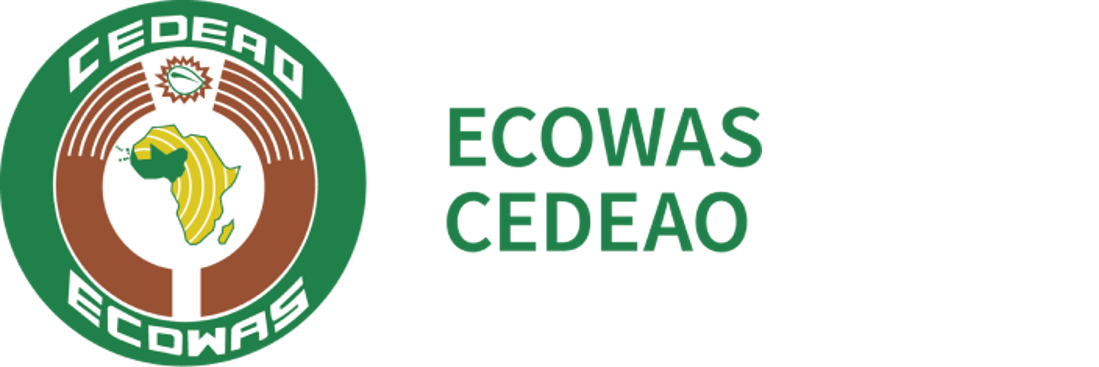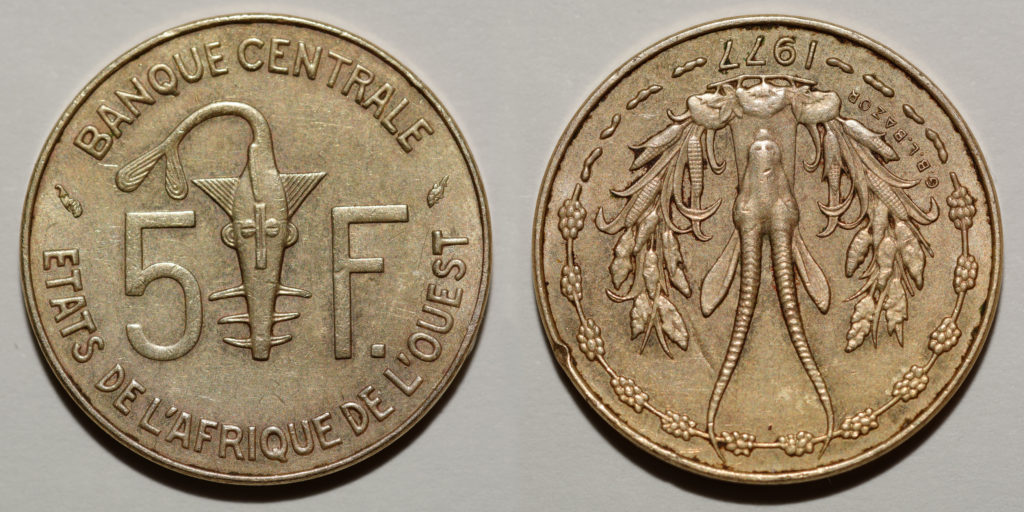In the world of Finance and business, investment diversification is a way to ensure long term growth with minimal risks. This is because gains from profitable products offsets losses incurred by non-profitable ones. Even though the same concept applies to a country’s economy, governments find it difficult to follow this well-known rule of the Finance world. This is the case for some of the member States in ECOWAS, which tend to rely mostly on the sale of one particular product when it comes to merchandise export.
var divElement = document.getElementById(‘viz1499359430447’); var vizElement = divElement.getElementsByTagName(‘object’)[0]; vizElement.style.minWidth=’824px’;vizElement.style.maxWidth=’1024px’;vizElement.style.width=’100%’;vizElement.style.height=’2229px’; var scriptElement = document.createElement(‘script’); scriptElement.src = ‘https://public.tableau.com/javascripts/api/viz_v1.js’; vizElement.parentNode.insertBefore(scriptElement, vizElement);
Nigeria relies largely on fuel export
According to the World Bank, from 1996 to 2014, excluding 2004 and 2005, the sale of fuel accounted for at least 87% of Nigeria’s total exports. Another merchandise industry Nigeria has relied on during that same period, albeit timidly, is Manufacture. However, manufactured good accounted only for less than 7% of its merchandise exports. This shows that when it comes to merchandise exports, Nigeria relies solely on revenues from the fuel business. The lack of diversification in its exports can prove dangerous for such a giant economy in the event of price declines.
Ivory Coast has a diversified merchandise export products
Ivory Coast has one of the most diversified economies of the group in terms of merchandise exports. The country relies not only on fuel, but also food, manufacture, and agricultural raw material exports. While food represented 52% of Ivory Coast’s merchandise exports in 2014, fuel exports was 21%. Manufacture is next, accounting for 15% and agricultural raw material comes third at 9%. As such, it is safe to say that Ivory Coast’s economy appear much more equipped to weather declining price changes in the global financial and economic market. That being said, increasing investments in the manufacture industry will further strengthen the economy.
An underdeveloped manufacture industry
Manufacture does not constitute a significant part of ECOWAS Member States merchandise exports. While it used to be a major part of Cabo Verde exports in the late 1990’s, the industry started declining in the early 2000’s. By 2008, the food industry had replaced the Manufacture industry for the most part in Cabo Verde. Senegal and The Gambia also have a relatively healthy manufacturing industry. However, as of 2014, Manufacture still represented less than half of their exports. Regarding Diversification, ECOWAS Member States should develop their manufacture industry. The creation of new items leads to the purchase of materials from other industries. Job growth results from this as human capital is needed for increased production. A strong manufacture industry will also require the improvement of means of production in order to be efficient. All those will help to grow local economies further.
Final notes
This analysis does not take into account other aspects of the economy of the concerned countries. However, it gives us an insight on how diversified their economy is in terms of merchandise exports. Feel free to comb through the dashboard below for more detail.


